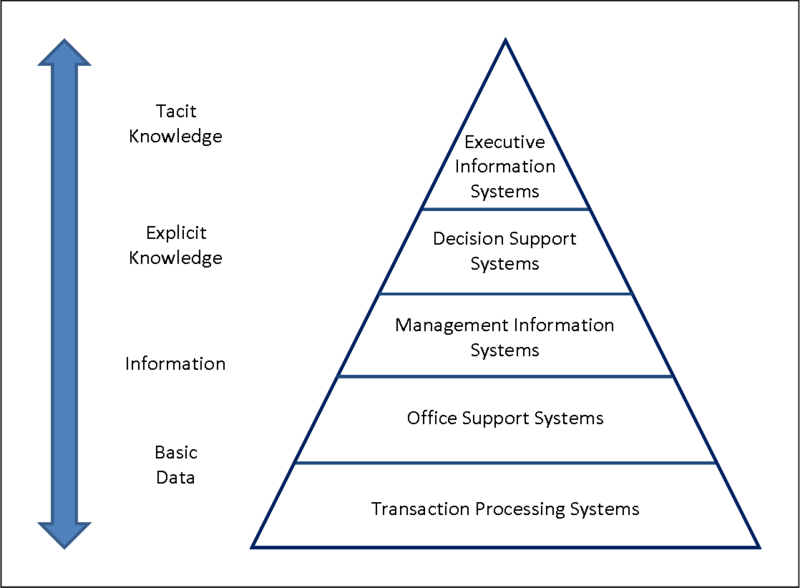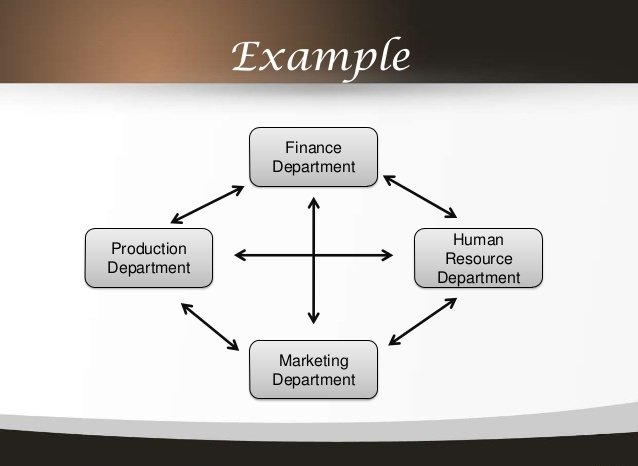What is the system in MIS? Basic System Concepts, System Types, and Systems Approach.
“The word ‘System’ is derived from the Greek word ‘systema’ which means an organized relationship among functioning units or components.”
A system is an orderly grouping of interdependent components linked together according to a plan to achieve a specific purpose.
System is a set of interrelated components, with a clearly defined boundary, working together to achieve a common set of objectives by accepting inputs and producing outputs in an organized transformation process.
From the above definition, it is clear that:
- System is a group of components.
- The components are interdependent.
- The components are linked together to achieve a specific purpose.
e.g. (i) A business organization is a system with its components as:
- Marketing
- Manufacture
- Sales
- Research
- Shipping
- Accounting
- Personnel
- Administrative
All these components work together to create a profit.
(ii) Human body is a biological system which has a complex nervous system, a set of parts including brain, spinal cord, nerves and special sensitive cells under our skin that work together to make one experience the physical sensations like hot, cold and so on.
Basic System Concepts
The study of system concepts has three basic implications:
- A system must be designed to achieve a predetermined objective.
- Interrelationships and interdependence must exist among the components.
- The objectives of the organization as a whole have a higher priority than the objectives of its subsystems. For example, computerizing personnel applications must conform to the organization’s policy on privacy, confidentiality and security, as well as making selected data (e.g. payroll) available to the accounting division on request.
Various types of other systems may be:
- Telephone System
- Accounts system
- Education System
- Computer System etc.
Components of a system must be interdependent. Independent components do not make a system. For example a cock, a table and motorcycle do not make a system because they are neither interdependent nor they do any work to achieve a specific objective.

Types\Classification of System
Viewing the behavior of a system, a system can be classified into the following types:
- Physical and Abstract Systems
- Deterministic and Probabilistic Systems
- Open and Closed Systems
- Physical and Abstract systems
Physical systems
Physical systems are concerned with tangible entities\components i.e. the components which we can touch.
They can be seen and felt. These tangible entities may be static or dynamic in operation.
For example, desks and chairs are the static physical parts. Static parts do not change. An air-conditioning unit is a dynamic physical system which responds to the environment and changes with time.
Abstract systems
Abstract systems are those systems which are non-physical or these systems are conceptual.
For example, an educational system: Our social system.
These systems consist of concepts like
- Theories concepts,
- Laws concepts,
- Principles concepts,
- Formula stating relation-ship among large number of variables,
- Equations having large number of variables.
Abstract models are often used to understand physical systems, their components and interrelationship etc.
- Deterministic and probabilistic systems
Deterministic Systems
Deterministic systems are those systems which are based on predetermined set of rules.
The behavior of a deterministic system is completely known. The outputs\results or events are perfectly predictable. There is no uncertainty involved in defining the outputs of the system for the known inputs.
For example, a computer program.
Interactions between various subsystems is known with certainty.
Probabilistic Systems
Probabilistic systems are not based on predetermined or predefined rules.
In the probabilistic systems, only probabilistic estimates can be given. The outputs\results or events cannot be predicted with certainty. Such systems are controlled by chance events.
For example, sale of desert coolers depends on summer; sale of generator sets depends on power shortage.
In these systems, interactions between various subsystems cannot be defined with certainty. The system analyst deals almost with such systems.
- Open and Closed Systems
Open Systems
Systems that interact with their surrounding or external environment are called open systems.
An open system receives or accepts inputs and delivers outputs to its environment. This type of system can adapt to changing environmental conditions.
For example, an information system, a business organization.
Such systems are successful.
Closed systems
Systems that do not interact with their environment are called closed systems.
A closed system is self-contained. Closed systems usually exist as a concept only. Such system cannot continue to operate for a long period of time. Such systems are rare and are unsuccessful.
Brief idea about the systems approach
A system is a set of interrelated but separate parts of working towards a common purpose. A system is composed of related and dependent elements which when in interaction, from a unitary whole. The arrangement must be orderly and there must be proper communication facilitating interaction between elements and finally this interaction should lead to achieve a common goal.
Systems approach views the organization as a unified, purposeful system composed of interrelated parts. Systems approach is based on the generalization that everything is inter-related and interdependent.
Systems approach also gives the manager to see the organization as a whole and as a whole and as a part of the larger external environment. A systems oriented manager would make decisions only after they have identified impact or these decisions on all other departments and the entire organization.
Example:

Following are the features of Systems Approach:
- One of the most important characteristics is that it is composed of a hierarchy of sub-systems i.e. the parts forming the major system and so on.
- A system consists of interacting elements. It is set of inter-related and inter-dependent parts arranged in a manner that produces a unified whole.
- The various sub-systems should be studied in their inter-relatio9nships rather, than in isolation from each other.
- An organizational system has a boundary that determines which parts are internal and which are external.
- A system does not exist in a vacuum. It receives information, material and energy from other systems as inputs. These inputs undergo a transformation process within a system and leave the system as output to other systems.
- In the systems approach, attention is paid towards the overall effectiveness of the system rather than the effectiveness of the sub-system. The interdependence of the sub-systems is taken into account.
- In applying system concepts, organizations are taken into account and not only the objectives and performances of different departments (sub-systems).
- Systems approach is useful because is aims at achieving the objectives and views organization as an open system.